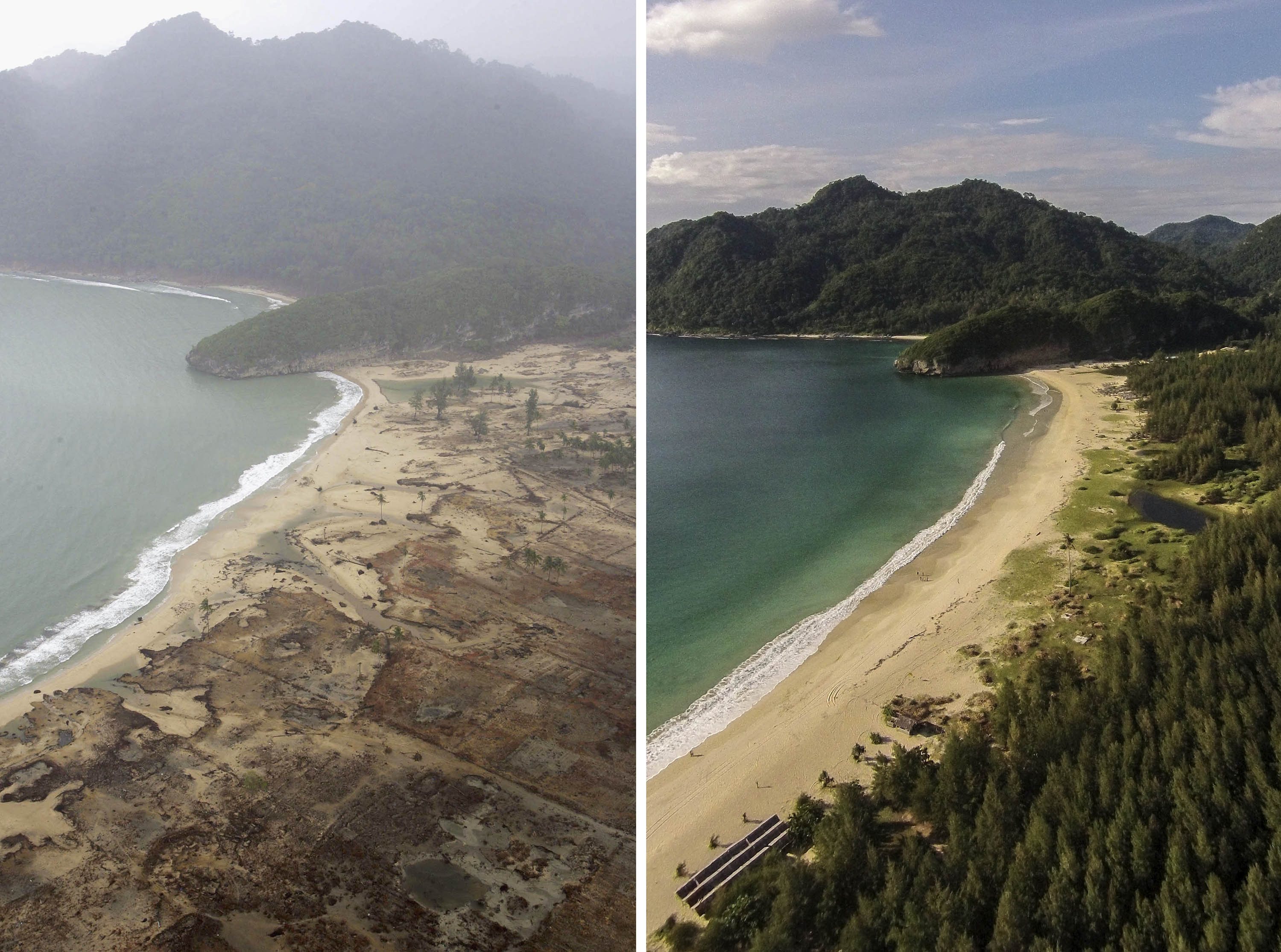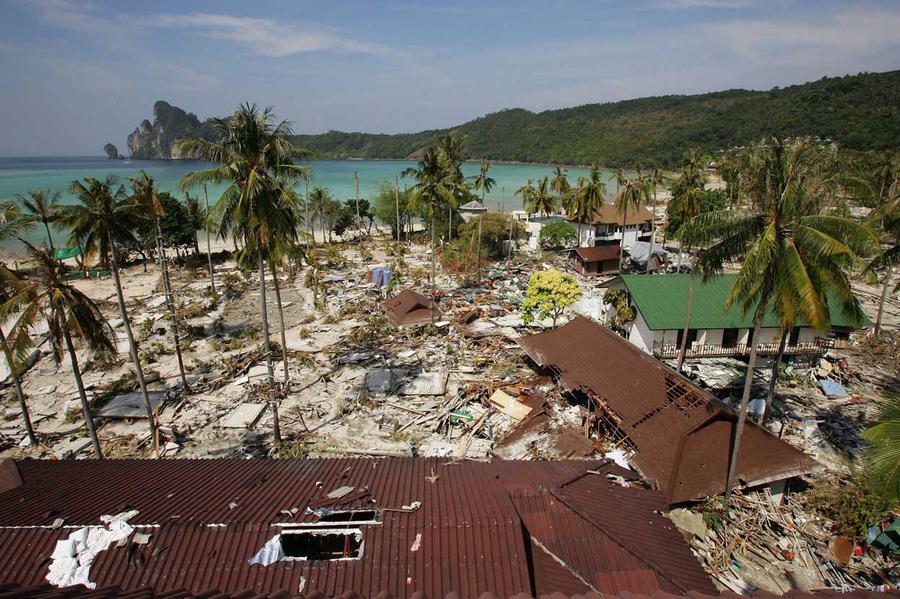Tourism is an important part of the Thai economy contributing almost 6% of GDP in 2002. The tsunami appears to have reduced the amount of tourist in Thailand. There was a precipitous decline in the numbers of visitors to Phuket after the tsunami. Thai visitors were almost equal to foreign visitors. In Phuket, about one third of available rooms were occupied in the January - March 2005 period. This is particularly striking when we consider the number of rooms available in Phuket. This is a remarkable indicator of the physical damage done by the tsunami.
The high number of foreign tourist among the dead and missing, plus media and internet stories of the returning survivors brought the news of conditions in Thailand’s affected areas to the world’s
attention in a very direct and personal way. The spotlight on Thailand’s tourism economy generated an intense rhetoric that in some case, but not all, cases was followed up by actions and strategies for assistance and recovery.
The Thai government produced Master Plans to help rebuild the various beach resorts. However the private sector, criticizing the government for inaction, has started to rebuild tourism amenities. Much of the rebuilding is theoretically illegal because laws on buffer zones and building regulations have been ignored, just as they were before the tsunami.


